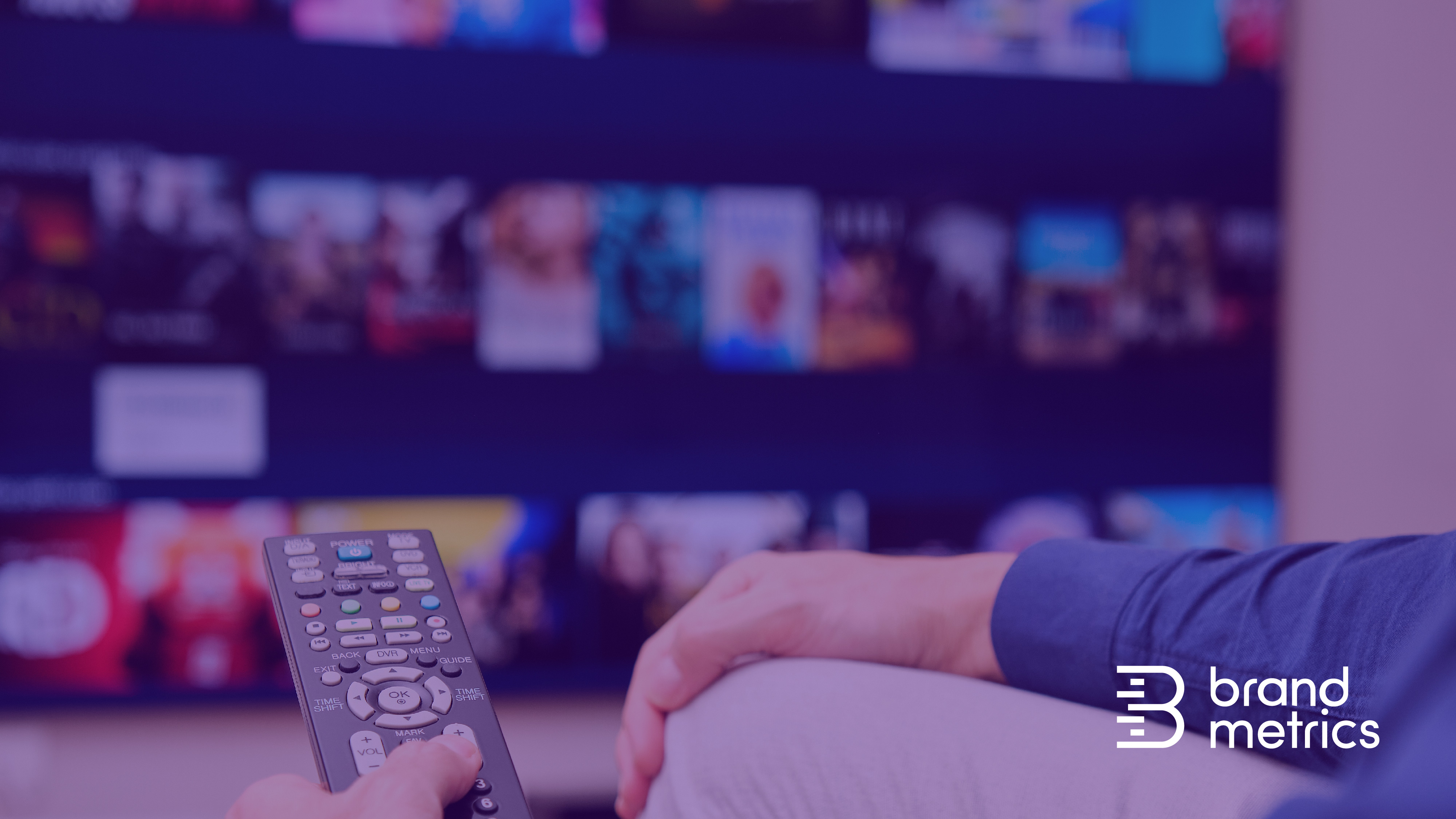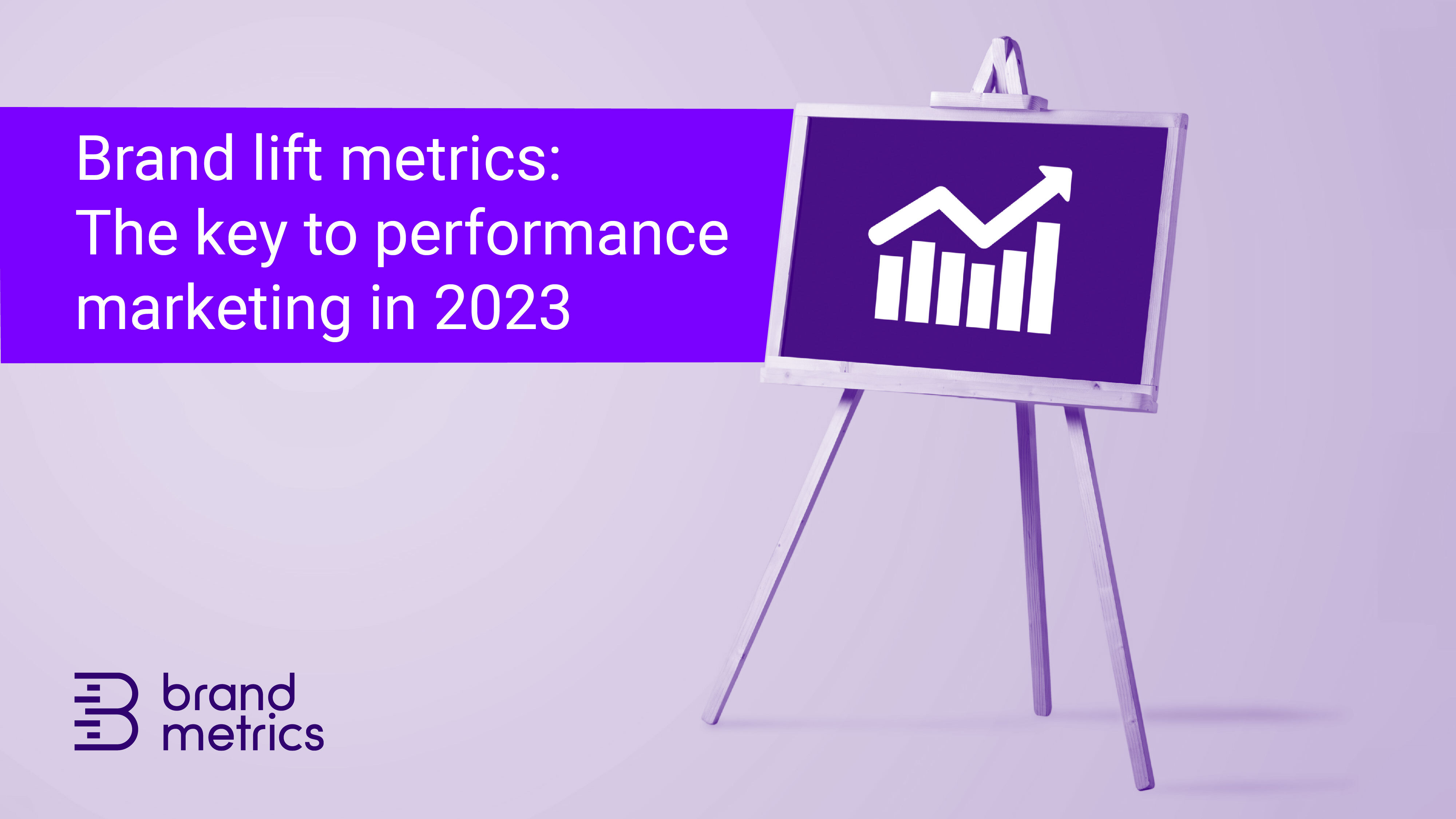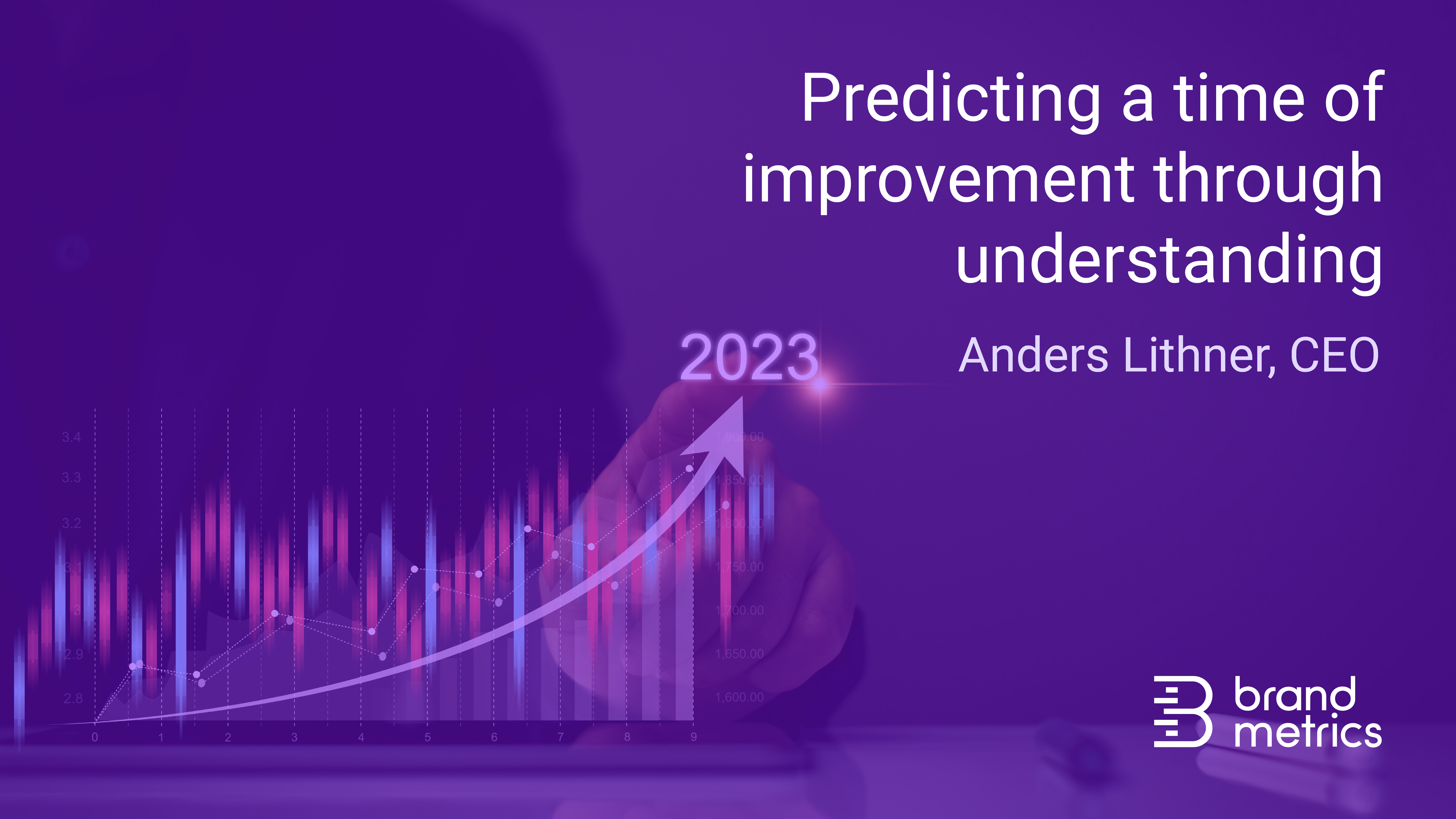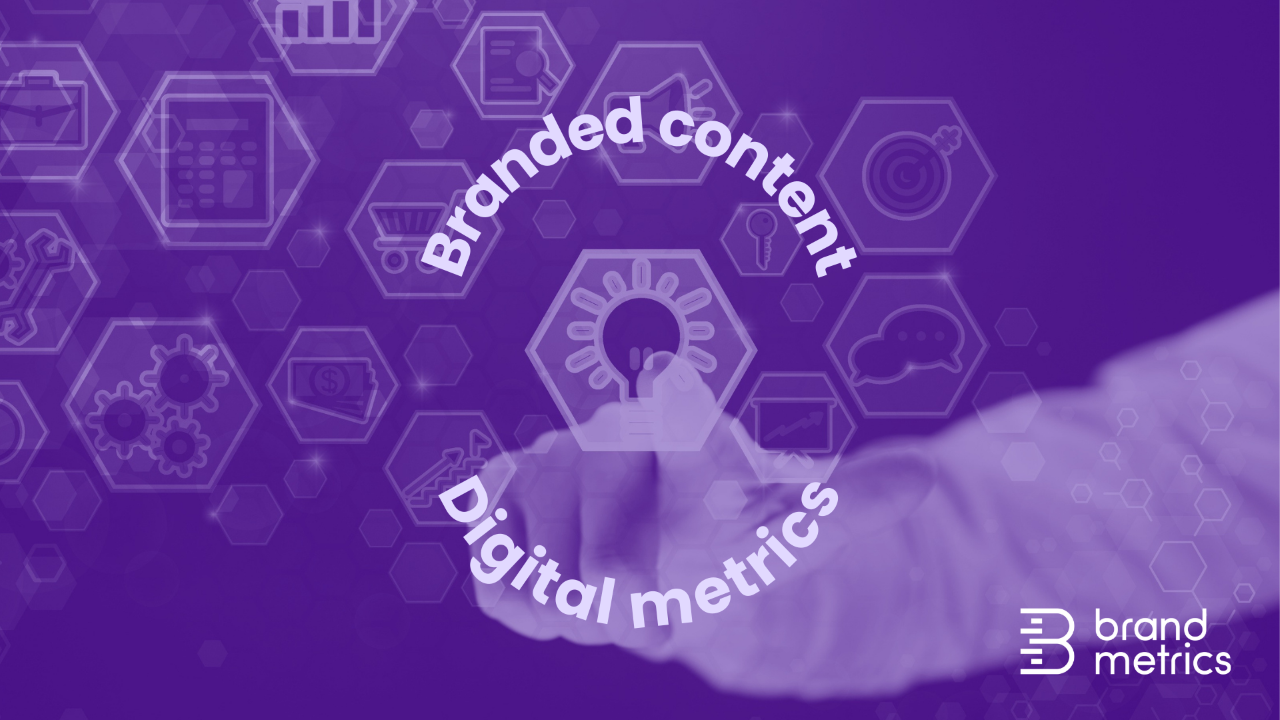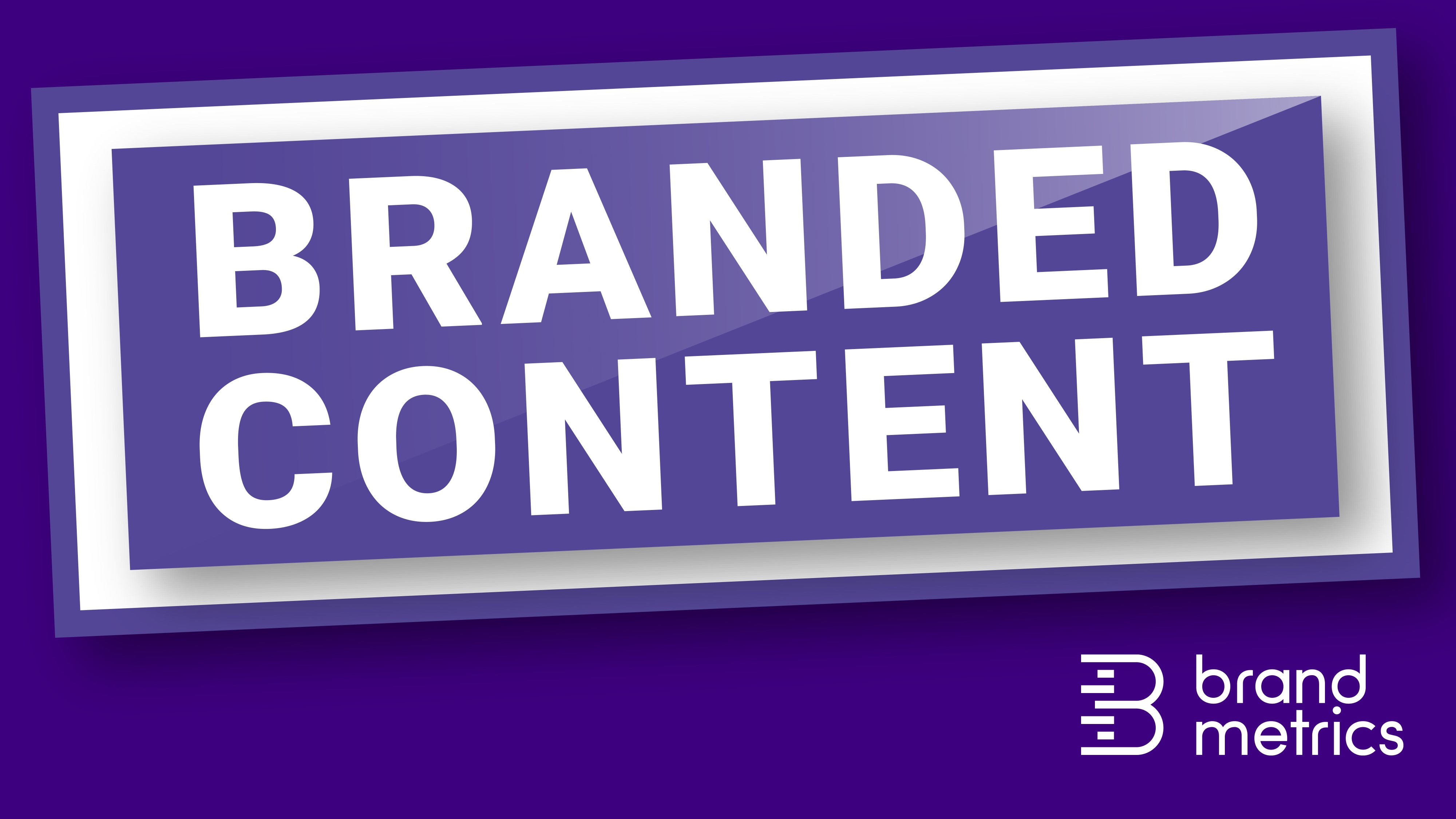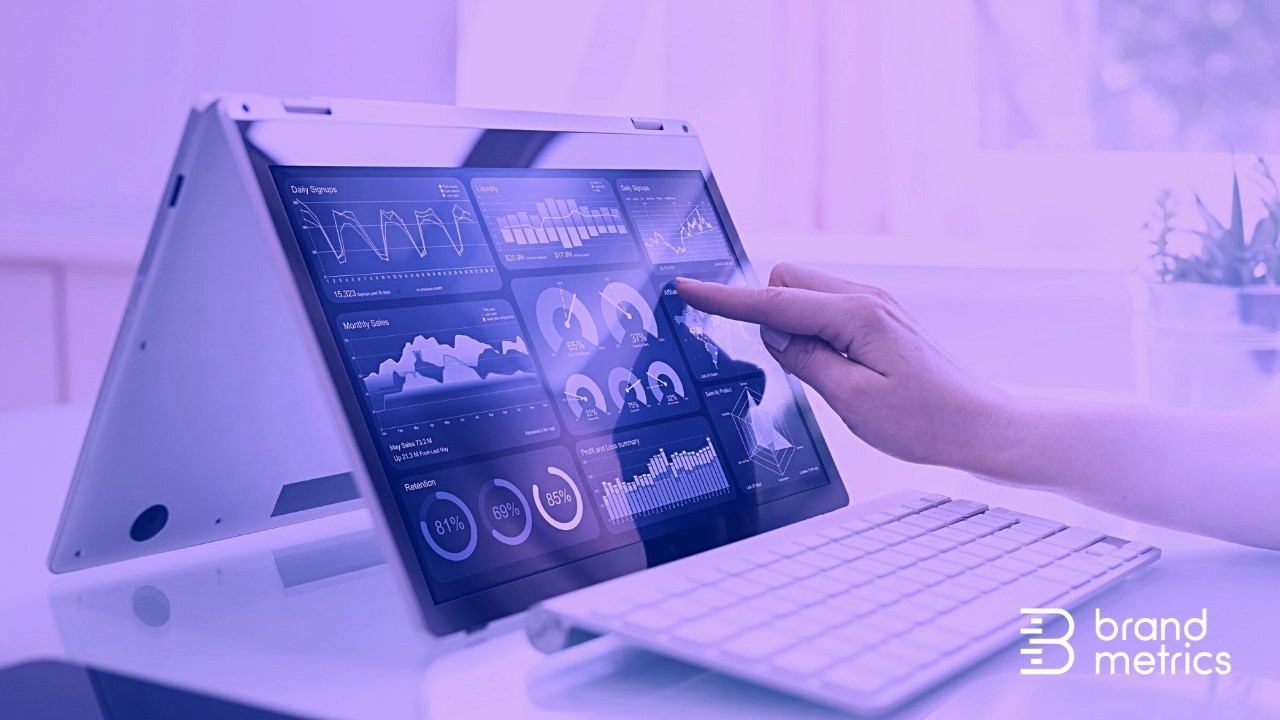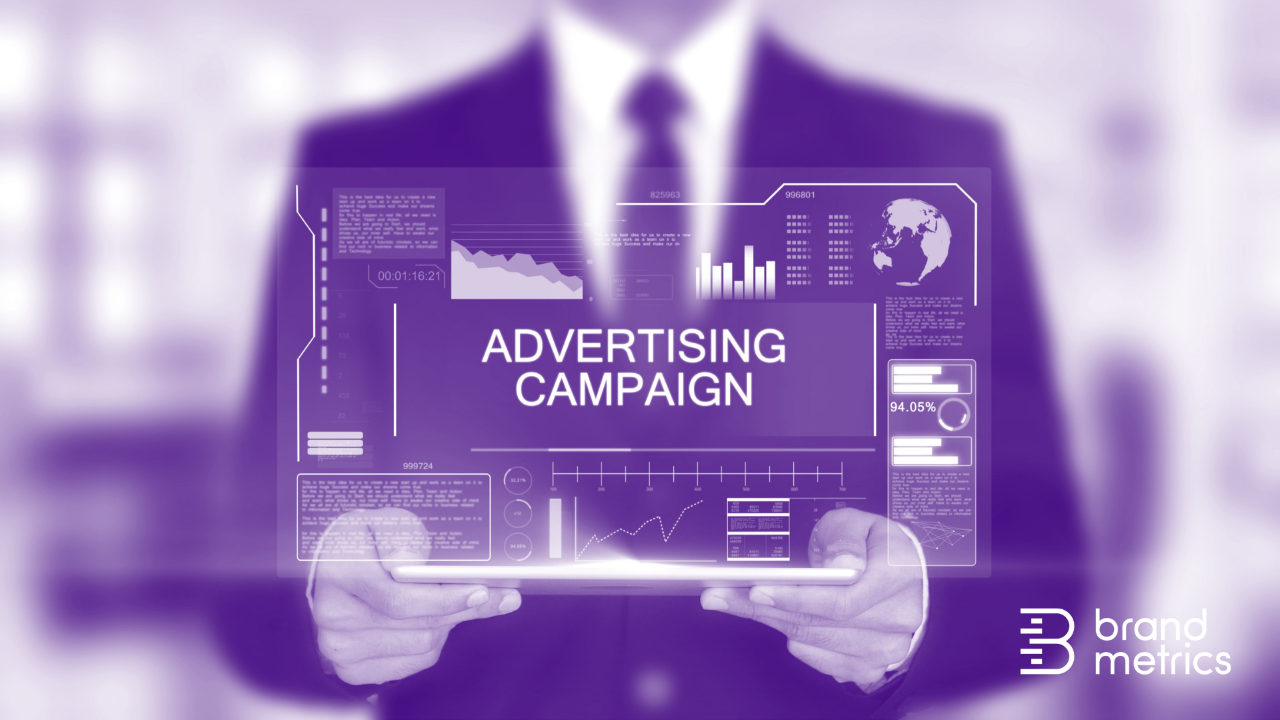Why a spread of metrics is critical for measuring
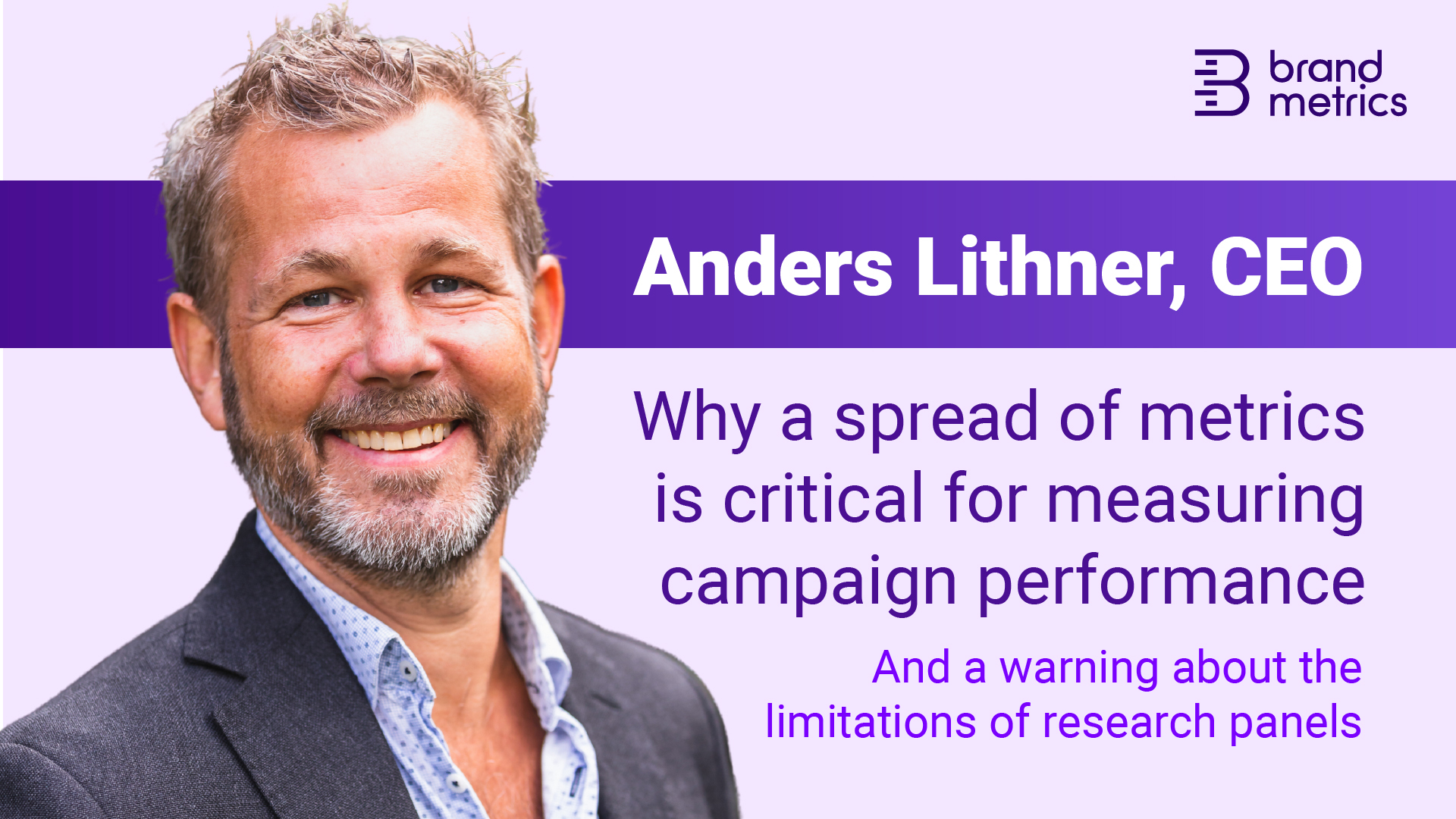
Gothenburg-based Brand Metrics CEO Anders Lithner discusses the media industry’s need for change, the problem
with research panels, and why only a suite of metrics will allow you to measure advertisement effectiveness
accurately.
How is the market for Brand Metrics, and what are you focused on?
It’s a good time for us, in many ways, even though obviously the world and the market have a lot of challenges. Brands and publishers are appreciating that consumer attitudes towards brands are important and that measuring brand lift is a crucial way to index them.
We’re also interested in the way the identity, privacy and consent space is developing. Even though we don’t rely on cookies or personal data, we keep a close eye on what companies such as Google and Apple are up to in this area, and how authorities choose to handle things like the IAB Transparency Framework.
Last year, we released a revolutionary update to our brand lift algorithm that has been well received by our customers. We have been very focused on scaling solutions and building on this advancement.
Would you agree that we are still in the midst of a process of replacing antiquated forms of measurement, and what is your forecast for the wider influence of brands over the next 12 months?
You're right, measurement is a focus for much of the advertising sector at the moment. In the newest parts of the industry, such as CTV, we still need to decide on basic standards. Contrastingly, in the established world of web advertising there is indeed a focus on replacing antiquated measurement practices with more sophisticated and accurate methods.
Our value proposition is great because we offer a new way of measuring ad performance that offers real scale. The industry needs to come together and discuss which metrics matter, and brand lift is certainly one of those. We’ve known for a long time that ad-influenced consumer consumption regularly happens without the registration of a click, and this issue was exacerbated when people came out of lockdown last year, rather than primarily engaging with brands from their devices at home.
People’s cognitive awareness, emotions and intentions towards brands have an increased influence on decision-making, and measurements need to reflect that.
Drilling down into the specifics, how do you think measurement is changing?
I think the future will be about using metrics more than measurement to understand, in real time, our customers and their needs. Gone are the days when companies would commission a piece of research to learn more about the reception of individual campaigns - this takes too long. These days algorithms can carry out this work in the blink of an eye and help you make significant strategy decisions with fresh information and data.
Which metrics do you think we’ll see come to the fore for campaign evaluation?
There’s always going to be competition around what brands should be measuring when it comes to advertising. The truth is there is never going to be one metric that can measure everything an advertiser needs to know about the performance of its campaigns. The funnel metaphor is relevant here, and it works because the funnel offers an overview of the entire ad process. You need to understand each step of the funnel: was your original communication viewable, did people pay attention to it, did it cause them to have a cognitive or emotional reaction that subsequently led them to act in a way that is beneficial to your business?
To understand the success of your advertisements, you need to have a holistic view of the marketing funnel, and realise that a range of metrics sprinkled throughout the process will provide the best understanding and create actionable data points for turning your strategy into advertising that works. Relying on just one or two metrics is a surefire way to fail.
How is Brand Metrics looking to stand out in the crowd this year, and is there anything new you’re working on that you’re particularly proud of?
Unlike other vendors of brand lift, we don’t use specially recruited research panels. Instead, we measure in the environment where the marketing is happening. The benefit of this is that the technology and methodology travels instantly, it can be used globally to gather data.
A lot of marketing these days is global, yet often national businesses recruit a local research panel only to discover their data isn’t comparable with international requirements. For example, when they talk about their data to an agency that is part of a global network, they find it doesn’t fit their operational models and therefore doesn’t have much value. So advancing our tech and methodology to ensure data capture is truly global is a big focus for us this year.
Do you think panels are a research method that we need to move away from?
Panels are good if you want a deeper understanding of a particular phenomenon. When you have a deep knowledge of your panel, how it was recruited, and how it needs to be weighted, then you can perform in-depth, detailed analysis to research your area of interest.
But if you want to deliver metrics to guide algorithms and ultimately influence decisions, panels just don’t work. That’s because, even if you have a global panel, it’s never going to be recruited in a similar fashion across the world. There will be significant differences between your American and Swedish panels, for example, and it just isn’t meaningfully comparable.
Another problem is that you’re not discovering how the advert has impact in the context of its placement - a research panel simply can’t replicate that. I don’t think I’ve ever seen actionable metrics ever being delivered directly out of panels to the digital mediascape. Panel research is not instant enough for that. But there are interesting initiatives where panels are used for research that underpins the creation of algorithmic metrics that then play independently on the market.
For us, the ongoing process is one of integrating our metrics with scaled metrics around attention, conversion, and verification, while staying on our front foot in delivering the most accurate brand lift metrics.

